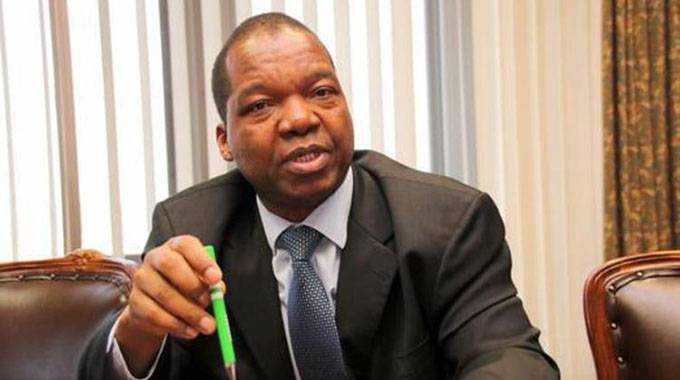
Business Reporter
Frustrated cotton farmers have once again appealed to authorities to have agents’ lines of ginneries opened so that they can be paid amid concerns that continued delays was further eroding value of their earnings.
The Reserve Bank of Zimbabwe (RBZ), however, implored the ginneries to assist farmers to open bank accounts as the agents’ lines would remain closed until all sticky issues were resolved.
The Government announced cotton producer price about six weeks ago, but farmers are yet to be paid after the Reserve Bank of Zimbabwe suspended mobile payments on suspicion that large money transfers particularly by EcoCash agents are being used to fuel black market foreign exchange deals.
The Government set the cotton producer price at $43,94 (US$1,75) per kg for this season. The producer price is a combination of US dollars, Zimbabwean dollar cash and electronic transfers.
Farmers will be paid US$10 per each bale weighing 200kg of cotton delivered, 38 percent in Zimbabwean dollars cash and the balance transferred electronically to farmers’ mobile money wallet accounts.
“The timing is bad especially for thousands of cotton farmers who have worked so hard but can’t get their money,” said Mr Stewart Mubonderi, the chairman of Zimbabwe Cotton Producers and Marketers Association.
“While there is no doubt that mobile payments might have been used to fuel black market foreign exchange transactions, we appeal to authorities that this situation be dealt with case by case than just use a blanket approach.”
RBZ Governor Dr John Mangudya, encouraged cotton merchants to facilitate opening of bank accounts for their farmers until investigations are complete.
“I asked cotton merchants to have all names of their farmers, take them to banks, open accounts and fund those accounts. Farmers will then move money from their bank accounts to their mobile wallets and transact,” said Dr Mangudya.
The central bank governor said he was due to meet stakeholders in the cotton industry on way forward.
This year, cotton production is estimated at 101 000 tonnes, an increase of 32 percent from 77 000 tonnes produced last year, according to the Second Round Crop and Livestock Assessment Report.
This was due to increased coverage of the Presidential Inputs Scheme. The scheme was introduced in 2015 after Government moved in to revive cotton industry.
After peaking at 352 000 tonnes in 2011, output declined to 28 000 tonnes three years later, the lowest in nearly two decades partly due to lack of adequate funding and poor prices. With the coming in of the Presidential Inputs Scheme, coupled with renewed interests by private players to finance the crop, who last year financed about 30 percent of production, the sector has recorded a significant recovery. In light of climate change, some farmers are also increasing acreage as the crop is generally less waster intensive.
